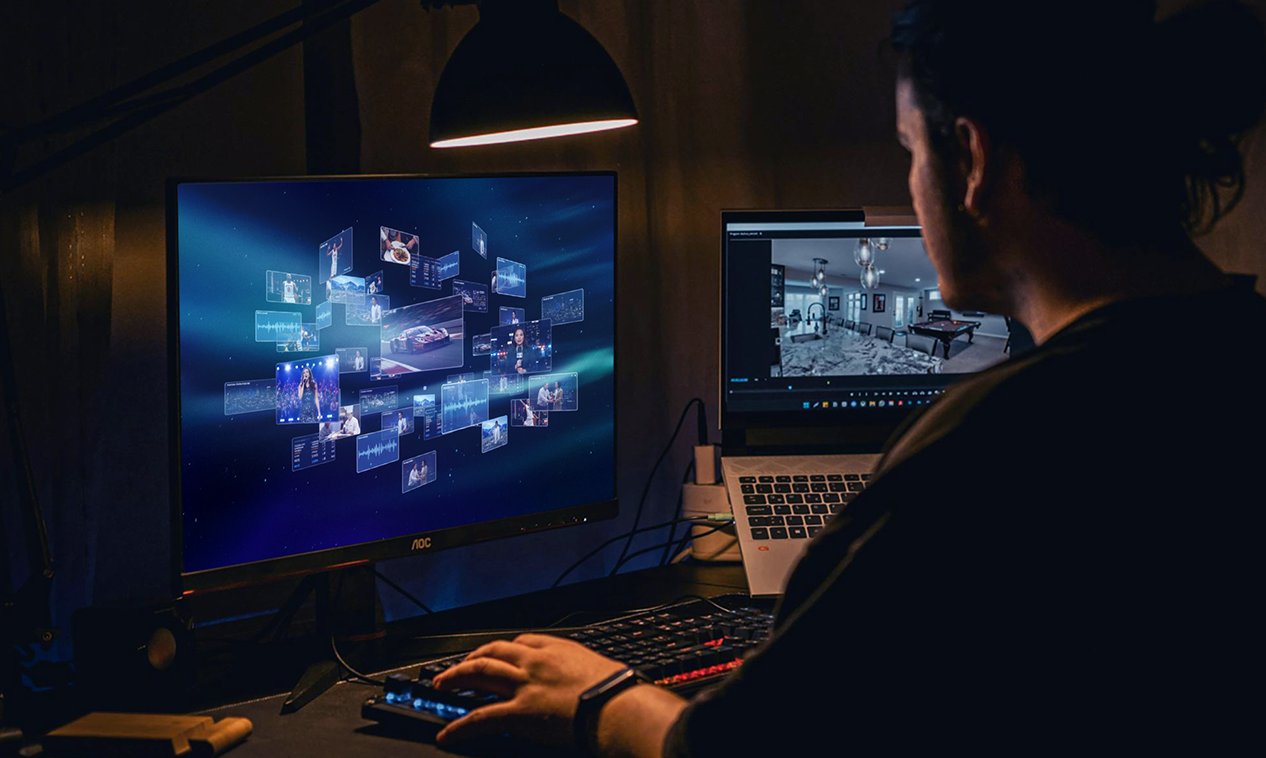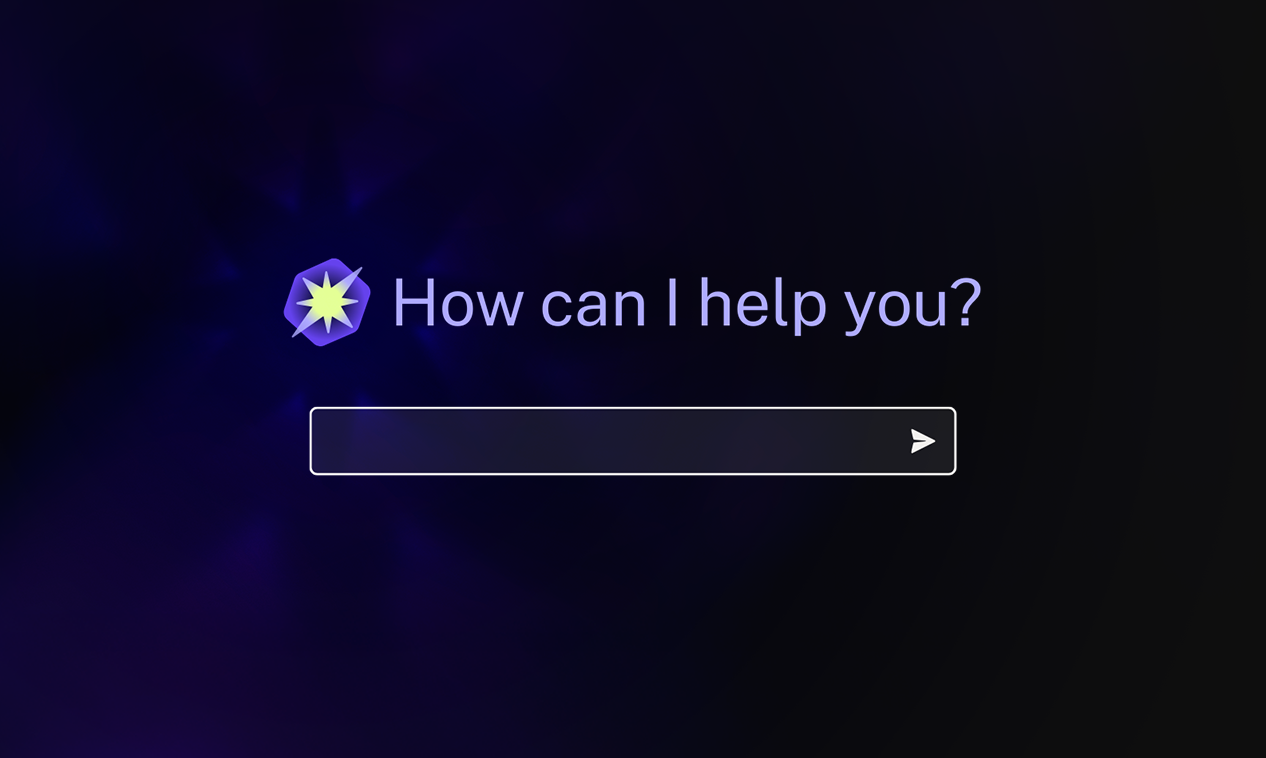How to Choose the Right AI Video Discovery Platform for Your Team
Every organization handling large amounts of video faces the same fundamental challenge: your archive grows faster than your ability to organize it. This guide walks you through how to choose the right AI platform for your team.
The Barriers These AI Platforms Break Through
Your Manual Logging Can't Keep Up With the Volume
Organizations ranging from broadcasters to production companies to sports rights-holders and brands, manage millions of video assets. Each minute of video contains hundreds of searchable elements—spoken words, visible objects, on-screen text, emotions and contextual relationships. Since manual logging can't scale with this volume, archives become a digital landfill where valuable content disappears. AI-powered indexing changes this.
Your Video Teams are Siloed
Production teams typically work in one environment, social media managers in another and archivists in a third. When your content lives fragmented across various tech ecosystems, teams can't search on the same platform or collaborate efficiently. This leads to staff wasting hours of valuable time logging into multiple systems or waiting for manual file retrieval.
Your Metadata is Not Detailed Enough
Even organized archives fail when metadata consists only of basic file names and dates. Video content requires granular metadata capturing visual elements, audio content and contextual details. Without this information, your content remains invisible to teams who could use it.
How to Evaluate AI Platforms for Your Specific Needs
Prioritize User Experience Over Technical Specifications
The most common mistake is selecting an AI platform based solely on technical specifications and ignoring how well teams will actually adopt it.
Involve your production and content teams early on - even at the demo stage, collect their feedback on search and discovery, and adopt a solution actually suited to their needs. If editors struggle to locate, organize or share assets efficiently, they will be frustrated, and they simply won't use the platform. In short, look for intuitive interfaces that genuinely enhance your team's day-to-day work.
Conversational search experiences are most valued by teams who need speed and intuitive access without relying on technical expertise or lengthy training. Digital and social teams appreciate the ability to ask for content using natural language prompts. This enables them to quickly surface precise, time-coded clips for fast-turnaround content. Conversational search also benefits new hires and external partners as they gain instant access to content by simply asking for what they need. This dramatically cuts down the time wasted waiting for overloaded media managers to fulfill requests.
Assess AI Performance Based on Efficiency, Depth and Speed
Efficiency matters for your bottom line. Not all AI systems consume resources equally. Some require enormous computational power and energy, driving up operational costs. Look for platforms built on frugal AI principles—shot-based AI approaches can use seven times less energy than traditional frame-by-frame indexing. Organizations processing thousands of hours monthly will see these differences reflected directly in cloud bills and sustainability goals.
Depth of analysis separates good from exceptional. The best platforms use multimodal AI that analyzes audio, images and context simultaneously—not one element at a time. This means the system understands relationships: it knows the person speaking is also visible on screen holding a trophy, standing next to the sponsor logo for example. That context makes search far more powerful than simple keyword tagging.
Speed determines whether the platform can keep up as your archive grows. For time-sensitive work like news, every minute counts—you need footage indexed and searchable within minutes, not hours. The platform should handle multiple video formats and languages without slowing down.
Verify Metadata Quality and Accessibility
Your video library's value is directly linked to metadata quality, which will influence the quality of your search results. To get the most out of your library, you need granular metadata capturing entities, emotions, topics, brands and contextual relationships—not just simple tags.
Metadata also needs to be accessible. Look for comprehensive APIs for real-time metadata extraction and standardized export formats. This prevents you from getting stuck with one vendor and lets you use your data across all your tools.

Confirm Integration With Your Existing Workflows
The platform should connect with your current storage and editing tools without forcing you to move files or change how your team works. Deep integrations with editing software such as Adobe Premiere Pro, Avid Media Composer, and DaVinci Resolve, mean editors can search your entire archive without needing to switch screens This helps editors find exact clips or moments within videos quickly—streamlining the entire creative process.
Making the Right Choice For Your Organization
Content gets stored in the cloud, on-premises on servers and external drives. Metadata consists of file names and dates that reveal nothing about what's actually in the footage.
You don't need another storage solution. You need a video discovery solution—a way to make your entire media archive properly indexed, instantly searchable and usable, regardless of where files physically reside.
The right choice depends on your specific needs, existing infrastructure and team workflows. Start by identifying the barriers your team faces most, then evaluate platforms based on user experience, AI performance, metadata quality and integration capabilities.
Ready to see if Moments Lab is the right fit for you? Contact us for a demo.





.png)